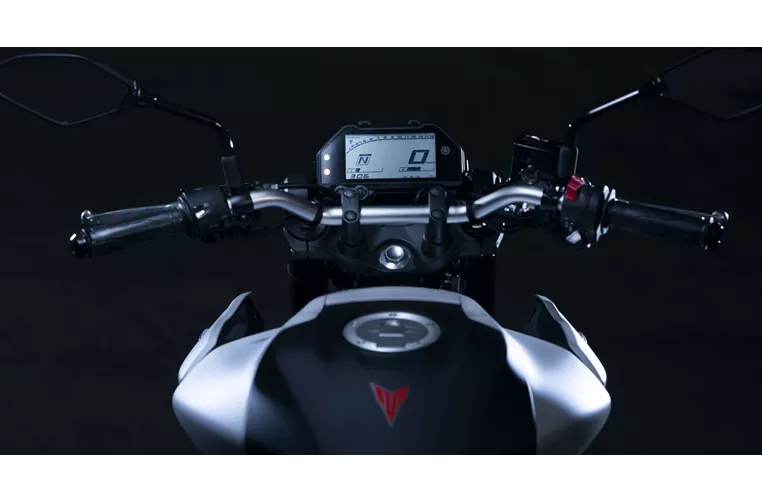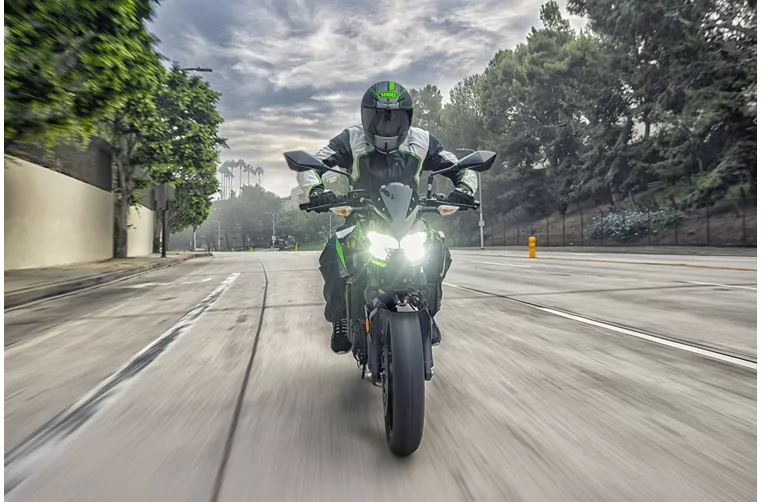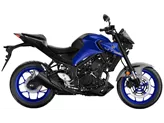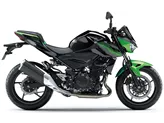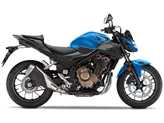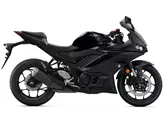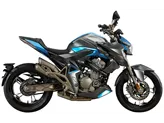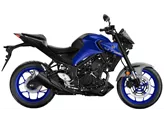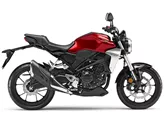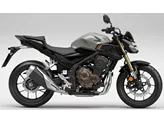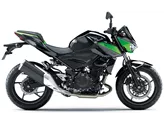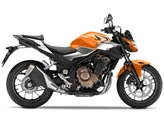Yamaha MT-03 2020 vs. Kawasaki Z 400 2023
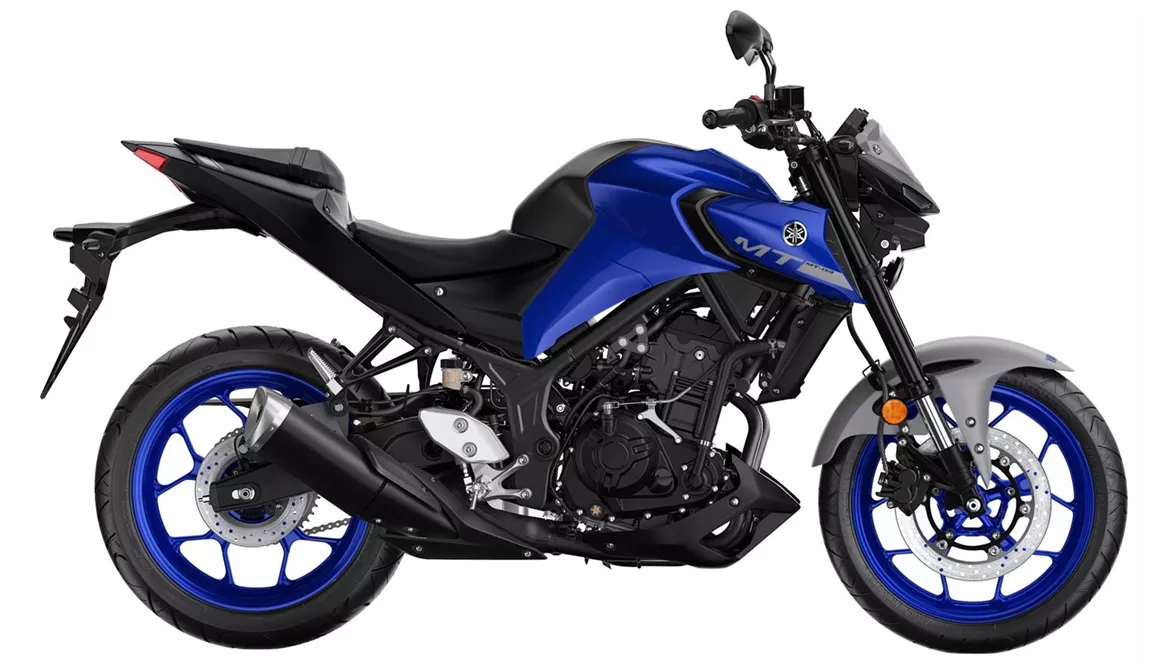
Yamaha MT-03 2020
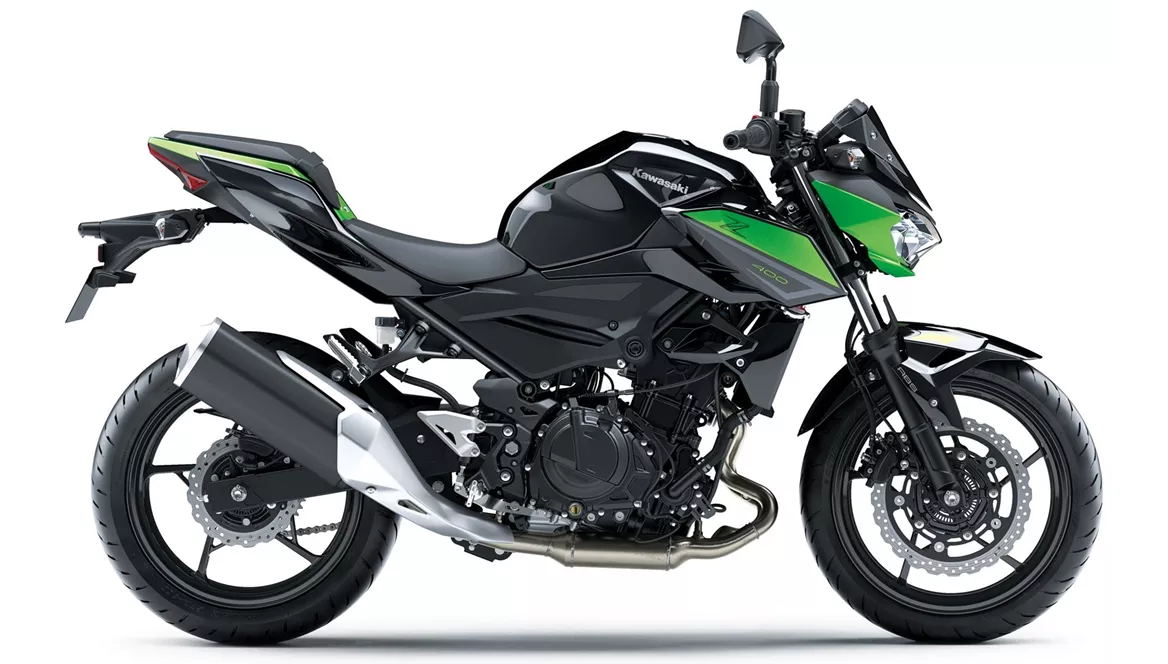
Kawasaki Z 400 2023
Overview - Yamaha MT-03 2020 vs Kawasaki Z 400 2023
The Yamaha MT-03 2020 and the Kawasaki Z 400 2023 are both naked bikes that offer a thrilling riding experience. While they have some similarities in terms of engine type, cooling system, suspension, and frame, there are also notable differences between the two models.
In terms of engine power, the Kawasaki Z 400 2023 has a slight advantage with 45 HP compared to the Yamaha MT-03 2020's 42 HP. The Kawasaki Z 400 also has a higher torque of 37 Nm compared to the Yamaha MT-03's 29.6 Nm. This means that the Kawasaki Z 400 may offer a more lively and responsive ride, especially in terms of acceleration.
Both bikes have a two-cylinder engine and a liquid cooling system, ensuring optimal performance and preventing overheating. The engine displacement of the Yamaha MT-03 is 321 ccm, while the Kawasaki Z 400 has a larger displacement of 399 ccm. This could potentially result in a slightly higher top speed and overall performance for the Kawasaki Z 400.
In terms of suspension, both bikes feature a telescopic fork at the front and a swing arm with a monoshock at the rear. This setup provides good stability and comfort during rides. The chassis of both bikes is made of steel, ensuring durability and strength. However, the Yamaha MT-03 has a Twin Tube frame type, while the Kawasaki Z 400 has a tubular frame type. This could result in slight differences in handling and overall rigidity.
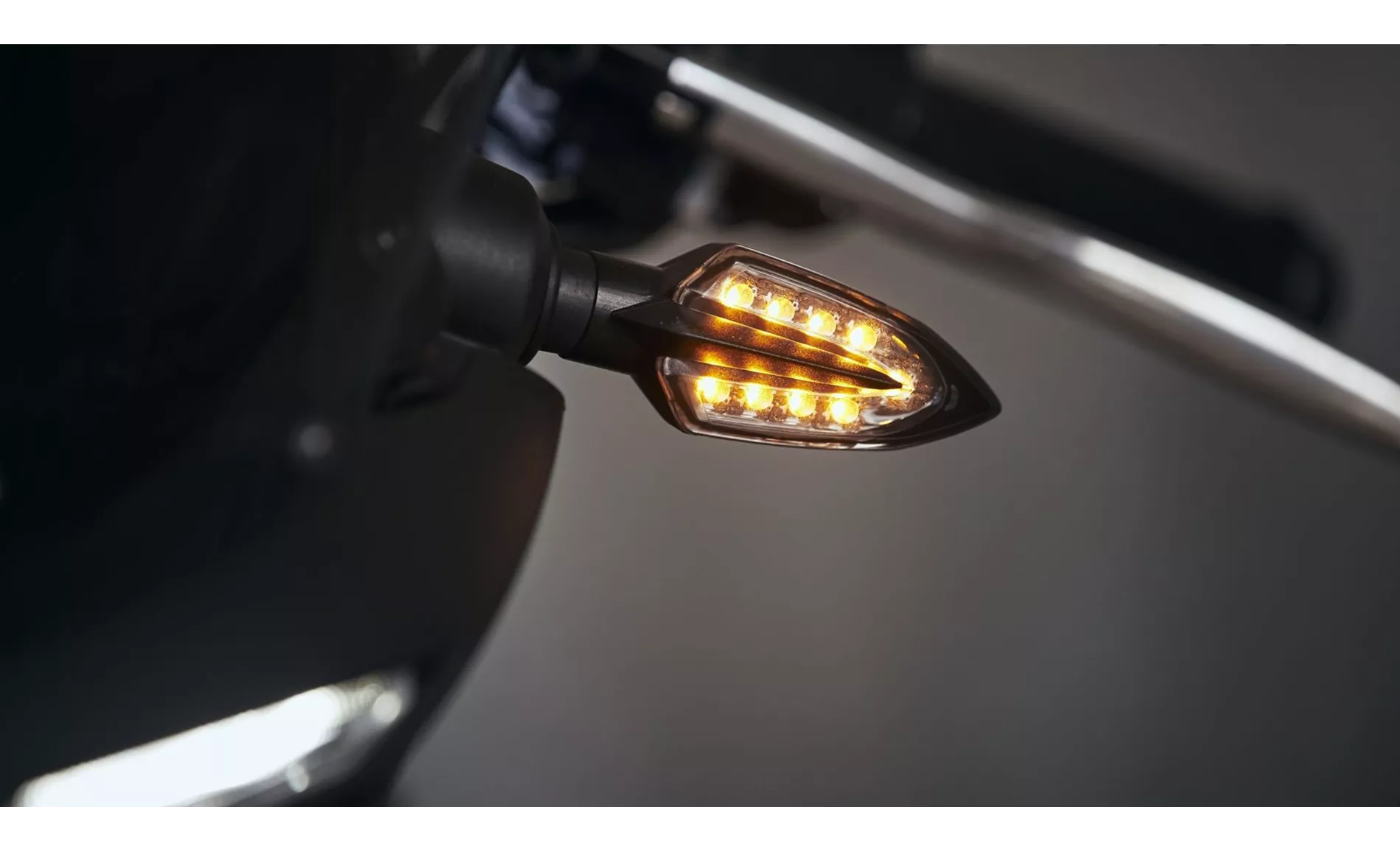
Yamaha MT-03 2020
Both bikes have a single disk brake at the front, providing reliable stopping power. The diameter of the front disk brake on the Kawasaki Z 400 is slightly larger at 310 mm compared to the Yamaha MT-03's 298 mm. This could potentially result in better braking performance for the Kawasaki Z 400.
In terms of advanced rider assistance systems, both bikes are equipped with ABS, ensuring safe and controlled braking in various road conditions.
In terms of dimensions and weights, both bikes have similar front and rear tire widths and diameters. The wheelbase of the Yamaha MT-03 is slightly longer at 1380 mm compared to the Kawasaki Z 400's 1370 mm. The seat height of the Yamaha MT-03 is also slightly lower at 780 mm compared to the Kawasaki Z 400's 785 mm. These differences may have a minimal impact on the overall riding experience and comfort.
Both bikes have a fuel tank capacity of 14 liters, allowing for decent range before refueling. The kerb weight of the Yamaha MT-03 with ABS is 168 kg, while the Kawasaki Z 400 weighs slightly less at 167 kg. This could potentially result in slightly better maneuverability and agility for the Kawasaki Z 400.
In terms of strengths, the Yamaha MT-03 2020 offers easily controlled power, a low seat height, and easy handling. It also has a neat and readable LC display and an aggressive look that appeals to riders looking for a sporty aesthetic. Additionally, the Yamaha MT-03 has the advantage of low fuel consumption, making it an economical choice for riders.
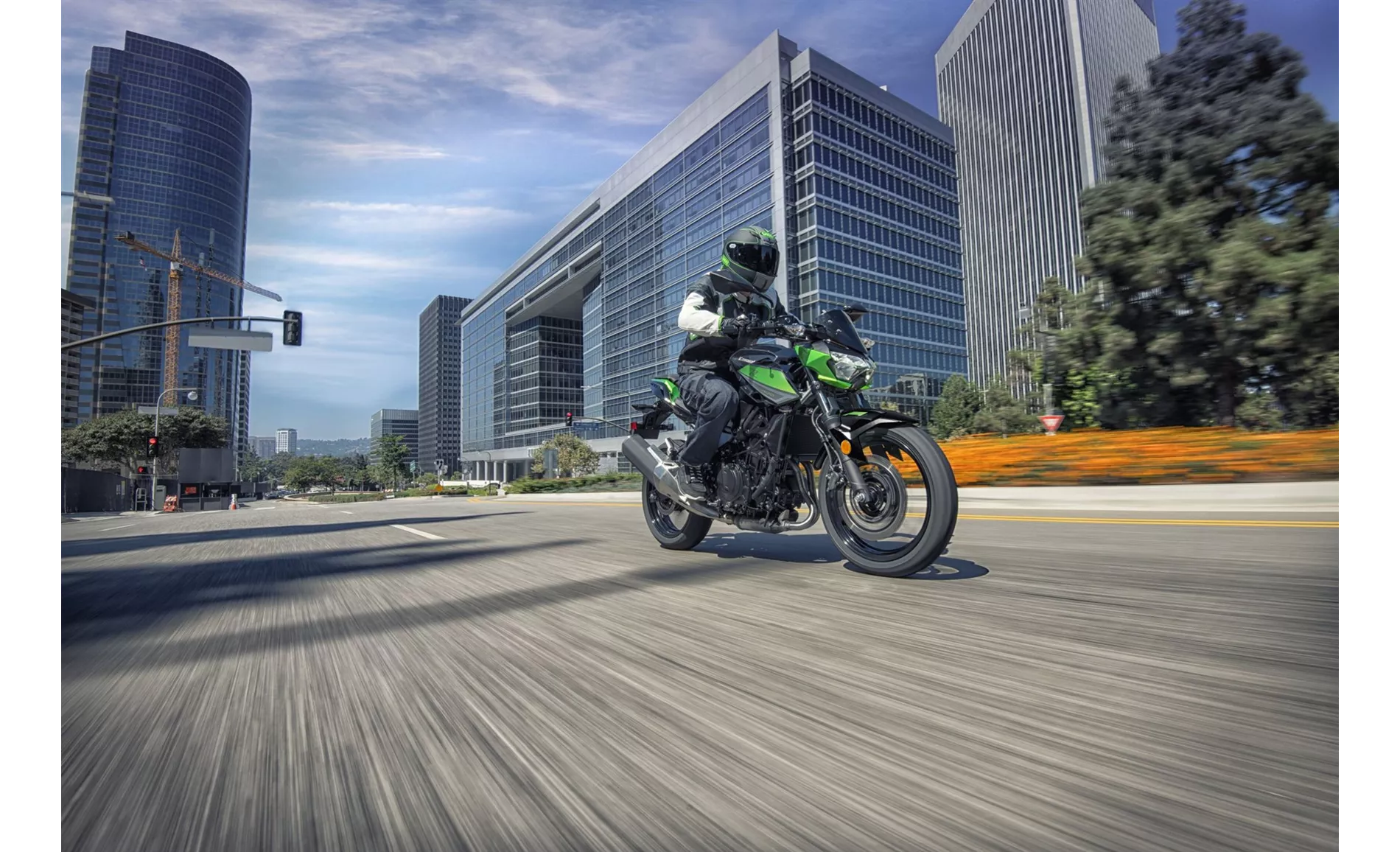
Kawasaki Z 400 2023
On the other hand, the Kawasaki Z 400 2023 boasts a lively engine, good chassis, and brakes. It offers easy handling and has a grown-up look with high-quality workmanship. These qualities make the Kawasaki Z 400 an attractive option for riders who value performance and style.
In terms of weaknesses, the Yamaha MT-03 2020 may not be the most emotional motorbike, lacking some of the excitement and thrill that riders seek. Additionally, tall riders may find the acute knee angle uncomfortable. The soft chassis of the Yamaha MT-03 compared to other Yamaha MT models may also result in slightly less responsive handling.
The Kawasaki Z 400 2023 has a minor weakness in that its levers are non-adjustable. This may limit customization options for riders who prefer personalized ergonomics.
Overall, both the Yamaha MT-03 2020 and the Kawasaki Z 400 2023 offer exciting riding experiences with their respective strengths and weaknesses. Riders should consider their preferences in terms of power, handling, aesthetics, and comfort to determine which bike suits them best.
Technical Specifications Yamaha MT-03 2020 compared to Kawasaki Z 400 2023
Pros and Cons in comparison
Pros and Cons in comparison
Yamaha MT-03 2020
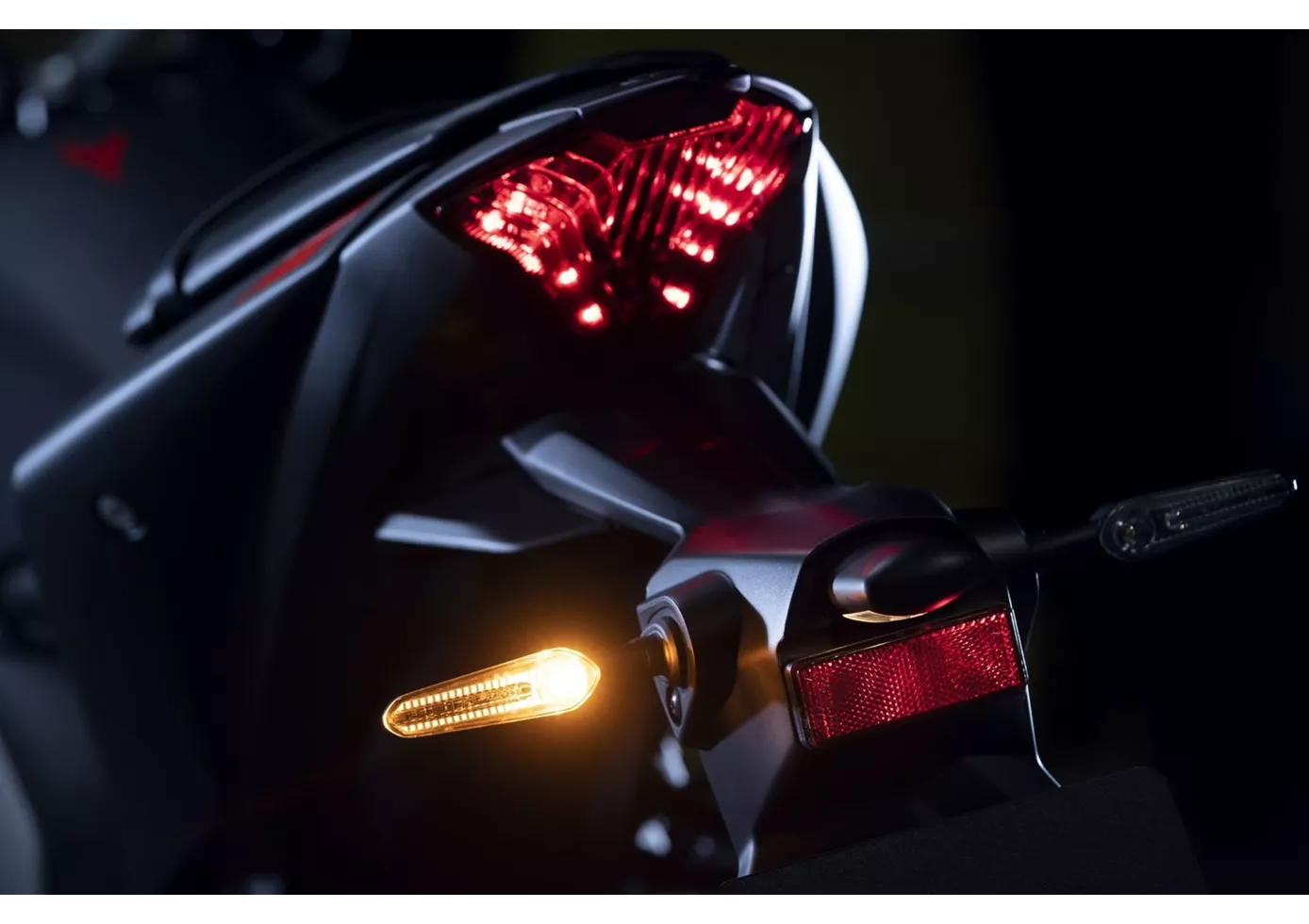
The MT-03 remains Yamaha's most accessible and pragmatic Hyper Naked in the segment. It scores with its low seat height, the easily controllable power of the two-cylinder and at the same time offers enough comfort for commuters. What it may lack in sportiness, it makes up for in comfort, making it perfect for people looking for a well-functioning motorbike with a brutal look. However, you shouldn't be too big, and you shouldn't aspire to keep up with the other models in the MT range at the angle - because that's not what it was designed for. The 2020 model year is thus a coherent update that is sure to make its buyers happy.
Kawasaki Z 400 2023
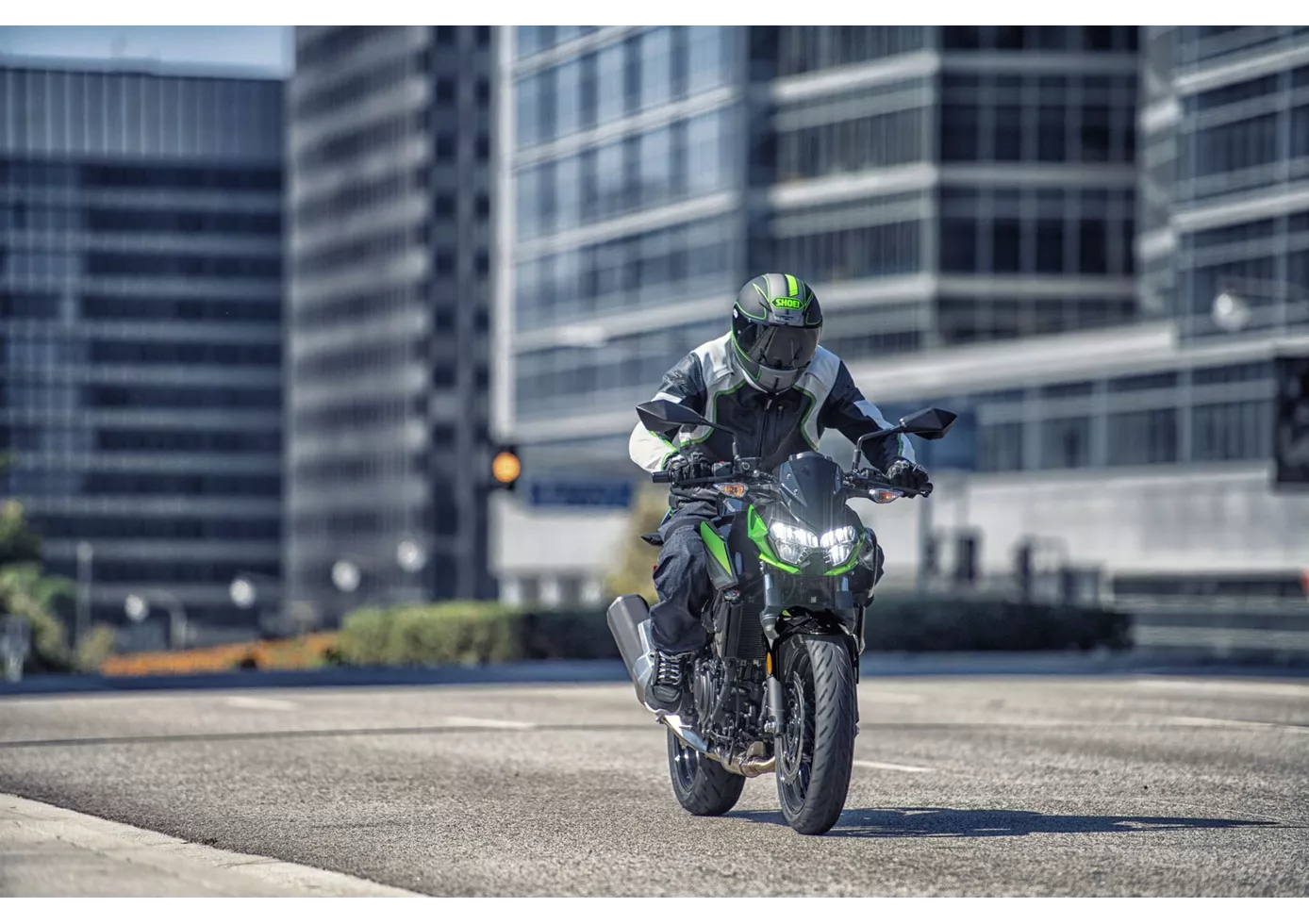
A cool and sensible entry into the A2 class. The Kawasaki Z400 scores points all along the line with its instinctive handling and the in-line two-cylinder, which convinces with good response and sufficient power. You can't go wrong with this naked bike and you can overlook the fact that the levers are not adjustable - after all, costs have to be saved somewhere.
Price Comparison Avarage Market Price Yamaha MT-03 vs Kawasaki Z 400
There are a few key differences between a Yamaha MT-03 2020 and a Kawasaki Z 400 2023. It takes less time to sell a Yamaha MT-03 with 82 days compared to 123 days for a Kawasaki Z 400. Since model year 2006 1000PS.de editors have written 8 reviews for the Yamaha MT-03 and 8 reviews for the Kawasaki Z 400 since model year 2019. The first review for the Yamaha MT-03 was published on 15/12/2005 and now has more than 109,900 views. This compares to more than 23,200 views for the first review on Kawasaki Z 400 published on 02/10/2018.
